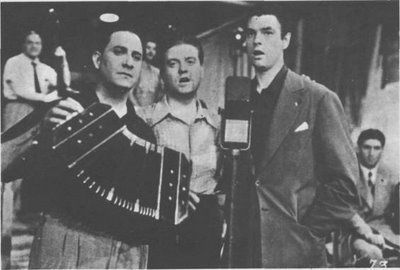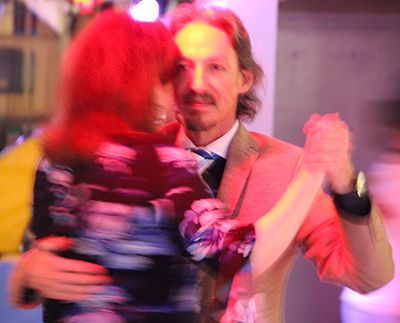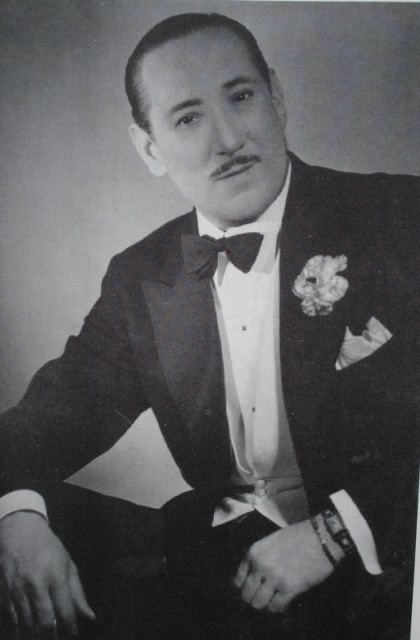“Al compás del corazón (Late un corazón)” by Miguel Caló y su Orquesta Típica with Raúl Berón in vocals, 1942.
 Domingo Federico
Domingo Federico
Bandoneonist, leader, composer, and teacher.
(June 4, 1916 – April 6, 2000)
«A funny story took place at the opening of his tango “Al compás del corazón (Late un corazón)”.
As soon as Federico joined Miguel Caló’s outfit, he showed his tango to his colleagues, which was warmly accepted. The orchestra members wanted to play it, but the singers Raúl Berón and Alberto Podestá had doubts because they did not know the lyrics yet.
One day they decided to premiere it without Caló’s consent; a lark, a gaily mischievous action for fun. The leader was not used to going to the tearoom, where they played in the afternoons. As the vocalists did not want to sing it, one of the most fervent enthusiasts of that tango piece, Enrique Francini, decided to do it. So was the improvised debut of this tango, with great public acclaim. The audience wanted to hear the piece again. When Caló arrived, the public requested that the tune be played again. As he did not know what it was about, he asked them to play it, and it immediately was included in the orchestra’s repertoire».Continue reading at www.todotango.com…







